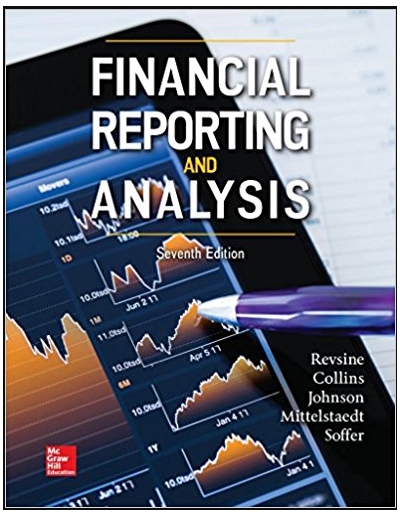Whole Foods Market's Compensation Committee determines a portion of executive bonuses qualitatively. For the quantitative portion, the
Question:
Whole Foods Market's Compensation Committee determines a portion of executive bonuses qualitatively. For the quantitative portion, the Committee selects from 13 performance metrics. For the fiscal year 2014, the Compensation Committee selected the following five quantitative performance criteria:
1. Comparable store sales growth
2. Year-over-year improvement in EBITANCE
3. ROIC
4. Year-over-year improvement in EVA®
5. Positive free cash flow
Comparable store sales growth represents growth in sales from stores open for the entirety of the current period and the comparison period. EBITANCE is earnings before interest, taxes, and noncash expense. Noncash expense includes depreciation, amortization, fixed asset impairment charges, noncash share-based payment expense, deferred rent, and last-in, firstout ("LIFO") charge. ROIC is net income divided by average invested capital. EVA® is economic value added, which is described in this chapter. Positive free cash flow is cash flow from operations minus capital expenditures.
Whole Foods does not use stock price performance as a factor in determining annual cash compensation. However, the company believes a relationship exists between stock price and team members' performance, so that its compensation plan is designed to reward team members for positive stock price performance.
Required:
1. Compared to GAAP earnings, what advantage does EVA® provide as a performance metric for incentive compensation purposes? Why might this advantage be particularly important for companies such as Whole Foods Market?
2. Explain why Whole Foods Market does not use stock price performance to determine annual compensation for its executives. What mechanisms other than annual compensation might the company use to encourage managers to create shareholder value?
3. What impact (if any) does EVA® use have on earnings management? In other words, will managers be more likely or less likely to use accounting tricks to achieve EVA® bonus targets than is the case for traditional GAAP earnings targets?
4. Explain how the EVA® pool works and why it might help overcome management's tendency to focus on the short term.
5. How does using a weighted-average of five performance metrics alter an executive's behavior relative to if he or she faced a single performance metric?
GAAPGenerally Accepted Accounting Principles (GAAP) is the accounting standard adopted by the U.S. Securities and Exchange Commission (SEC). While the SEC previously stated that it intends to move from U.S. GAAP to the International Financial Reporting Standards (IFRS), the... Free Cash Flow
Free cash flow (FCF) represents the cash a company generates after accounting for cash outflows to support operations and maintain its capital assets. Unlike earnings or net income, free cash flow is a measure of profitability that excludes the...
Step by Step Answer:

Financial Reporting and Analysis
ISBN: 978-1259722653
7th edition
Authors: Lawrence Revsine, Daniel Collins, Bruce Johnson, Fred Mittelstaedt, Leonard Soffer





